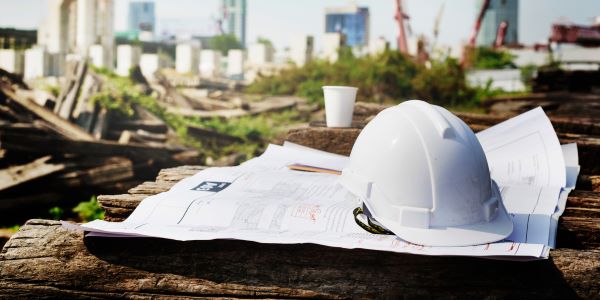Blog
The Future of Timber Towers

The standing stigma is simply that wood burns - rapidly. We use wood to fuel bonfires, fire matches are made of wood, and forest fires can spread rapidly because of the quick ignition of a tree’s wooden branch. So, how can a wooden skyscraper that houses hundreds of residents or offers space to professionals from 9:00 - 5:00 be safe? The “pro-timber tower” side of the argument makes claims that the level of the wood’s lamination and the thickness of the wood used in constructing these skyscrapers actually makes buildings safer than a typical building when it comes to fire risks. They say the slim, spread out, and sporadic wooden pillars and pieces in most buildings pose more of a fire threat than a timber tower. Science supposedly backs this up - what do you think?
The original appeal of the wooden skyscraper was its eco-friendliness. Wood being used in place of other artificial and harmful materials to the environment seems like a genius idea, that is if the wood is constructed and handled properly during the building process. However, recent discoveries have shown that using wood in place of materials like concrete doesn’t do much good for the environment. In fact, it supposedly has some harmful effects, itself. These harmful effects stem from the energy and carbon dioxide required to retrieve the mass amounts of timber, the methane gas emitted during the decomposition of scrap wood, and the significant amounts of carbon dioxide released from decomposition.
Wooden skyscrapers and wooden buildings, in general, have a positive effect on our economy. This is because of wood’s natural strength and the fact that wood is a natural resource. A lot of machinery, building, altering, and shaping has to go into making other construction materials like concrete and steel. Wood is a great building material that mother nature provides for us!
Hopefully, this made you think a little about what the future of architecture and skyscrapers looks like. Do you think this is a path that many builders will start to take, or are the risks just too high at this point?
